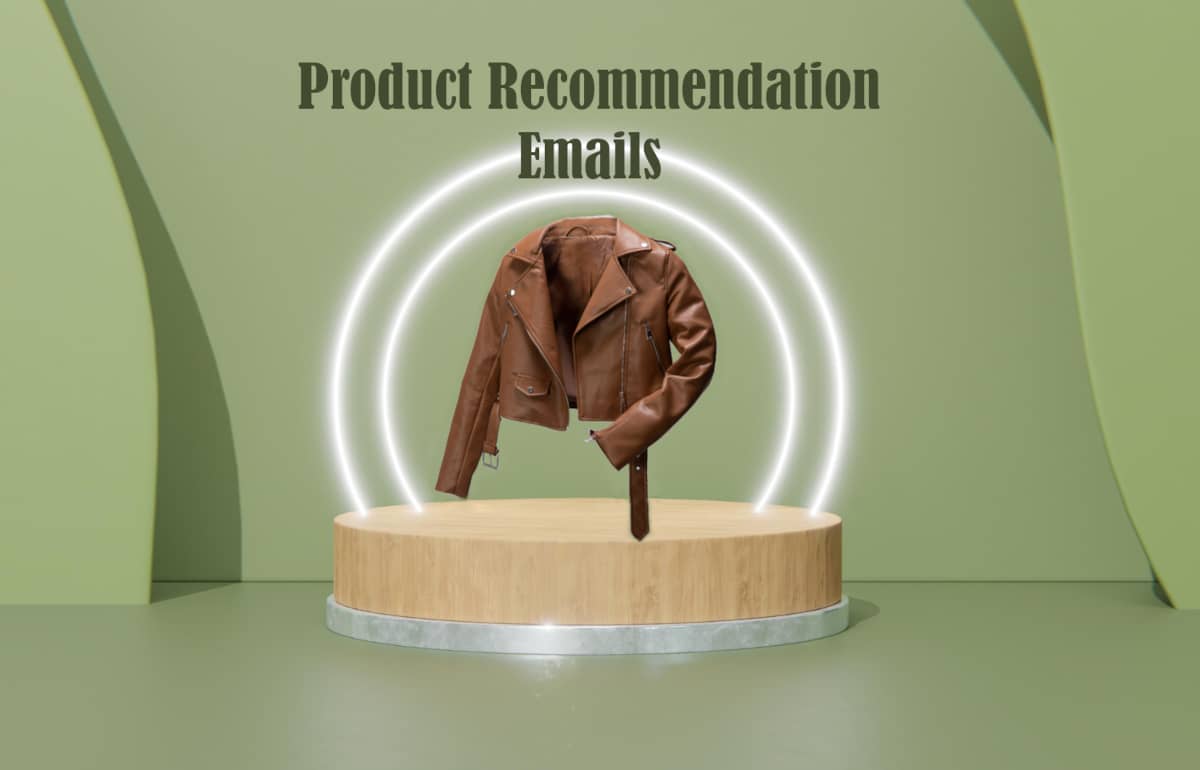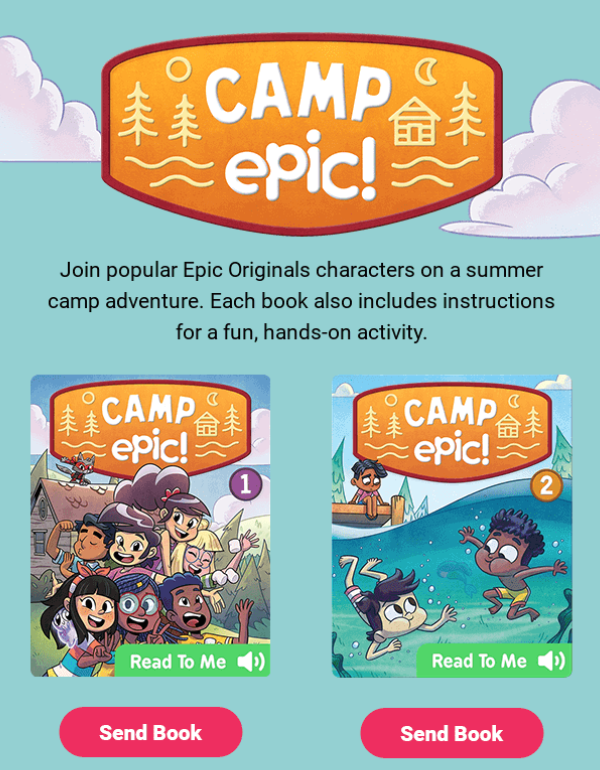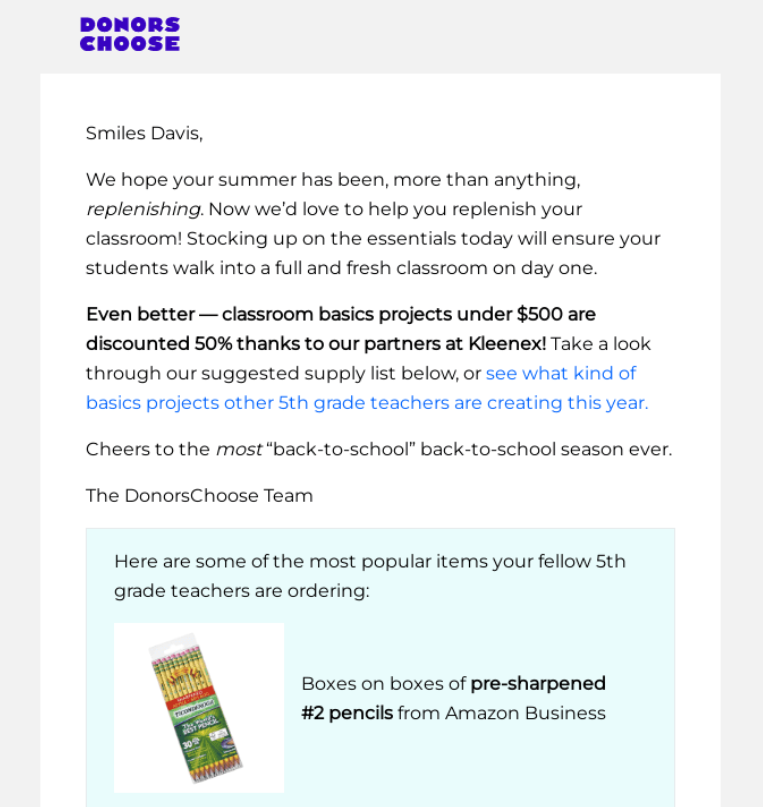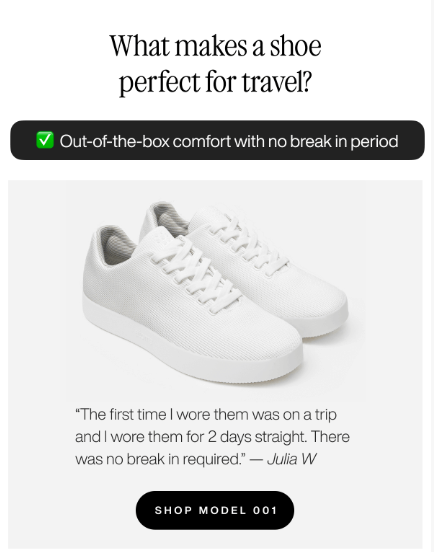Want to win more customers? Tap into product recommendation emails as a part of your marketing strategy.
A McKinsey report found that 71% of customers expect brand personalization, and 76% get frustrated if it’s absent. Tailored product recommendations keep customers engaged. Plus, it can:
- Boost upselling and cross-selling, increasing average ticket size
- Create a community of loyal customers
That’s not all. Product recommendation emails offer many other benefits. Let’s find out what they are and see why they work.
What is the Psychology Behind Product Recommendation Emails?
Product recommendations that are aligned with community needs create a sense of belonging. Communicating how other buyers loved these products gives you credibility and encourages readers to buy them.
For example, when recommending creative merch products, they may have seen their peers use plays on their sense of scarcity. It makes them believe the suggested items can solve their problems like they did for other customers. This influences purchasing decisions, nurturing a community of like-minded buyers.
Create Subject Lines as Irresistible as the Products
Highly personalized product recommendation emails won’t do much if they drown in the inbox with other promotions. So, capture attention with compelling subject lines.
Optinmaster shares that 47% of recipients open emails based on their subject lines. Why? Because it’s the first element they see. Appealing subject lines set the tone for your campaign. They create excitement, nudging customers to open the email.
A clear, brief, and straightforward subject line communicates what recipients should expect from the email copy. Personalizing it makes recipients feel seen and valued, fostering a sense of belonging—a crucial community-building element.
Personalize your subject lines just like you personalize product suggestions. They must speak to the recipient’s unique needs, interests, and challenges. Be specific about what’s inside, stating the value they’ll get.
Let’s say you are an online clothing store sending product recommendation emails. Your subject line could be:
“[First name]! Your Perfect Summer Outfit Awaits!”
If you sell books, your product recommendation email can include the following message:
“Looking to add books to your reading list? Here are our community picks.”
Keep it brief. Aim for 6 to 10 words or 30 to 50 characters. A short subject line ensures it’s entirely visible across different screen sizes. Create a sense of urgency and exclusivity with phrases like “Limited time deal” or “Specially curated products just for our community members.”
Finally, run A/B split campaigns for different subject lines for the same email and choose the one that resonates most with the community.
Purchase Desire Grows Through Visual Engagement
Vibrant visuals capture attention, improving engagement with the copy. Visually optimized emails also communicate information better than text-based paragraphs.
For example, you can add product pictures with direct “Add to cart” links. Visuals should convey product colors, designs, and other details. They create purchasing desire and a sense of need, encouraging recipients to buy the items.
Use professional, high-resolution product images aligned with your brand’s style guide. Include visuals that showcase the product in use. This helps recipients envision themselves with it. Implement a clean visual layout with plenty of white space to avoid overwhelming the reader.
For example, here is an engaging product recommendation email from Epic for Kids. The stunning visuals are on-brand and convey the context of the product suggestions. Recipients can click the “Read To Me” button and hear excerpts before purchasing the books. Such interactive elements and colorful images captivate emails and let buyers make informed decisions.
Optimize your email with on-brand GIFs and graphics to enhance community engagement. Add countdown timers to create a sense of urgency within the community. Use accordion-style expandable sections for each product. This keeps your email clean and concise while letting recipients view more information without leaving the email.
Use responsive design for email visuals. This way, the images look good on different devices, ensuring all your community members have a consistent product recommendation experience.
Master the Art of Product Persuasion Through Compelling Copy
A clear and concise email copy helps recipients understand the context and value of your product recommendations. It should be intriguing enough for customers to discuss your suggestions.
Analyze your community’s purchasing history, recent website activities, and response to your previous marketing campaigns. Then, write a copy tailored to their interests, needs, and challenges. Use actionable words to describe why the recipient needs the recommended products.
Identify and address the common concerns of shoppers in your copy. This will alleviate possible hesitation and improve purchasing desire.
Let’s say you run a furniture and home decor brand. Your product recommendation copy could look like this:
“Ready to transform your space into a haven of comfort, luxury, and style?
We’ve curated a selection of furniture that matches your tastes. Whether you want to upgrade your living room, add elegance to your dining area, or create a cozy bedroom retreat, we have the perfect pieces for you.”
To strengthen community ties, balance informative content like product descriptions with promotional elements. You can add exclusive incentives for community members. For example, you can offer vouchers, discount codes, or freebies in exchange for the recipient joining your community.
For example, here is a product recommendation email from DonorsChoose, a non-profit that connects teachers in underprivileged communities with donors who want to help. The copy maintains a friendly tone while communicating why the teachers must replenish the classrooms before summer vacation ends. The discount offer also incentivizes community members to click on the supply list.
Utilize Advanced Email Segmentation
Product recommendation emails can nurture your community only when it’s personalized intricately to specific customer needs.
How do you do that? With detailed email segmentation.
It ensures that every email taps into the recipient’s unique desires, creating a sense of belonging. Buyers feel like they are part of a community that understands them, enhancing loyalty and community engagement.
Moreover, improved personalization through segmentation improves open rates and click-through rates as the offerings are tailored to individual needs.
Categorize your email list based on demographics, purchasing behavior, and website activities. Social listening and customer feedback are used to understand different perspectives, needs, and preferences. A product recommendation quiz is a great way to collect this information. Then, these insights will be compared with customer data to create buyer personas.
Use your findings as guides while creating the email copy. Add products that may complement their previous purchases or fit their current needs. Product information should also be tailored to address a specific segment’s challenges. This way, your product recommendations cater to individual needs, fostering sub-communities.
Higher Sales, Easier Done: Using Automation and AI
Manual processes may fall short as you send product recommendations to a growing customer base. They can lead to personalization errors and inconsistent delivery.
Result? Your recommendations miss the bullseye, and community engagement suffers.
To avoid this, amp up your email marketing with the accuracy and convenience of automation and AI technologies. These tools analyze customer behavior, browsing history, purchase patterns, and previous email interactions, generating actionable insights into individual preferences.
For example, AI-powered social listening can gauge your community’s current preferences. Predictive analysis can anticipate buyer needs and recommend products accordingly. The insights also help craft highly relevant copies.
AI-powered solutions can automatically collect feedback through surveys, reviews, and social media interactions. Machine learning algorithms segment email lists based on real-time data. These improve targeting and community engagement.
Once you create emails with precise product recommendations, AI-powered email marketing tools can help you nail email timing with automation. It can determine when your community members are the most active and let you set up email sequences accordingly, ensuring timely delivery.
Integrate Social Proof and User-Generated Content
Amplify your community by adding social proof and UGC in your product recommendation emails. When subscribers see others who have enjoyed the recommended products, it validates their decision to buy those themselves. Social proof, like user testimonials, also increases the sense of belonging and enhances credibility. Embed Google reviews to showcase customer feedback and further build trust with your audience.
Include short, impactful customer testimonials about recommended products. Use quotes that highlight specific benefits or positive experiences. Add star ratings in the product descriptions too.
For example, Atoms’ product recommendation emails showcase testimonials with each featured item.
You can also add photos or video UGCs showcasing them using the recommended products.
With your product recommendations, ask customers to share UGCs featuring the previously purchased products for a chance to be featured in your next campaigns. This will make them feel like part of a larger group with shared interests and preferences. Consider creating a custom email signature with links to your social media profiles to give customers alternative ways of submitting UGC.
Conclusion
While choosing a marketing solution, ensure the following qualities:
- Automated email segmentation
- Action-based triggers
- Real-time customer and performance analytics
- Integrations and scalability
At first, crafting recommendations for individual needs may seem overwhelming. But with our strategies and the right automation and analytics software, you can perfect the art of community building with email marketing.



